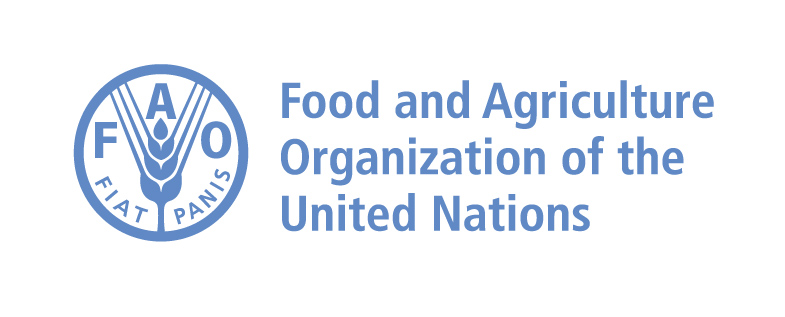Resource information
This Act, consisting of 5 Parts and three Schedules, provides for the following aspects of forestry assets: management of the Crown’s forest assets; the transfer of those assets while at the same time protecting the claims of Maori under the Treaty of Waitangi Act 1975; in the case of successful claims by Maori under that Act, the transfer of Crown forest land to Maori ownership and for payment by the Crown to Maori of compensation; and other incidental matters.It is divided into the following Parts: Crown forest land (I); Crown forestry assets and Crown forestry licences (II); Return of Crown forest land to Maori ownership and compensation (III); Amendments to Treaty of Waitangi Act 1975 (IV); Amendments of other Acts (V). The Schedules are divided as follows: Compensation payable to Maori (1); Maori owned land that is not Crown forest land (2); Initial term of Crown forestry licences (3).Schedule 1: Compensation payable to Maori; Schedule 2: Maori owned land that is not Crown forest land; Schedule 3: Initial term of Crown forestry licences. Interesting provisions as to protective covenants in all Crown forestry licences are contained in sections 18-23.


